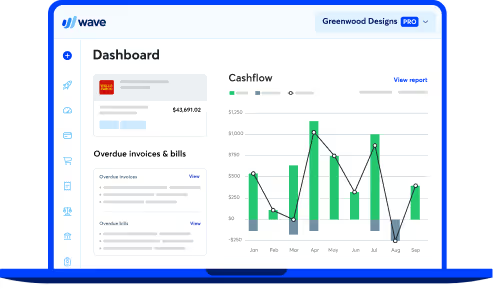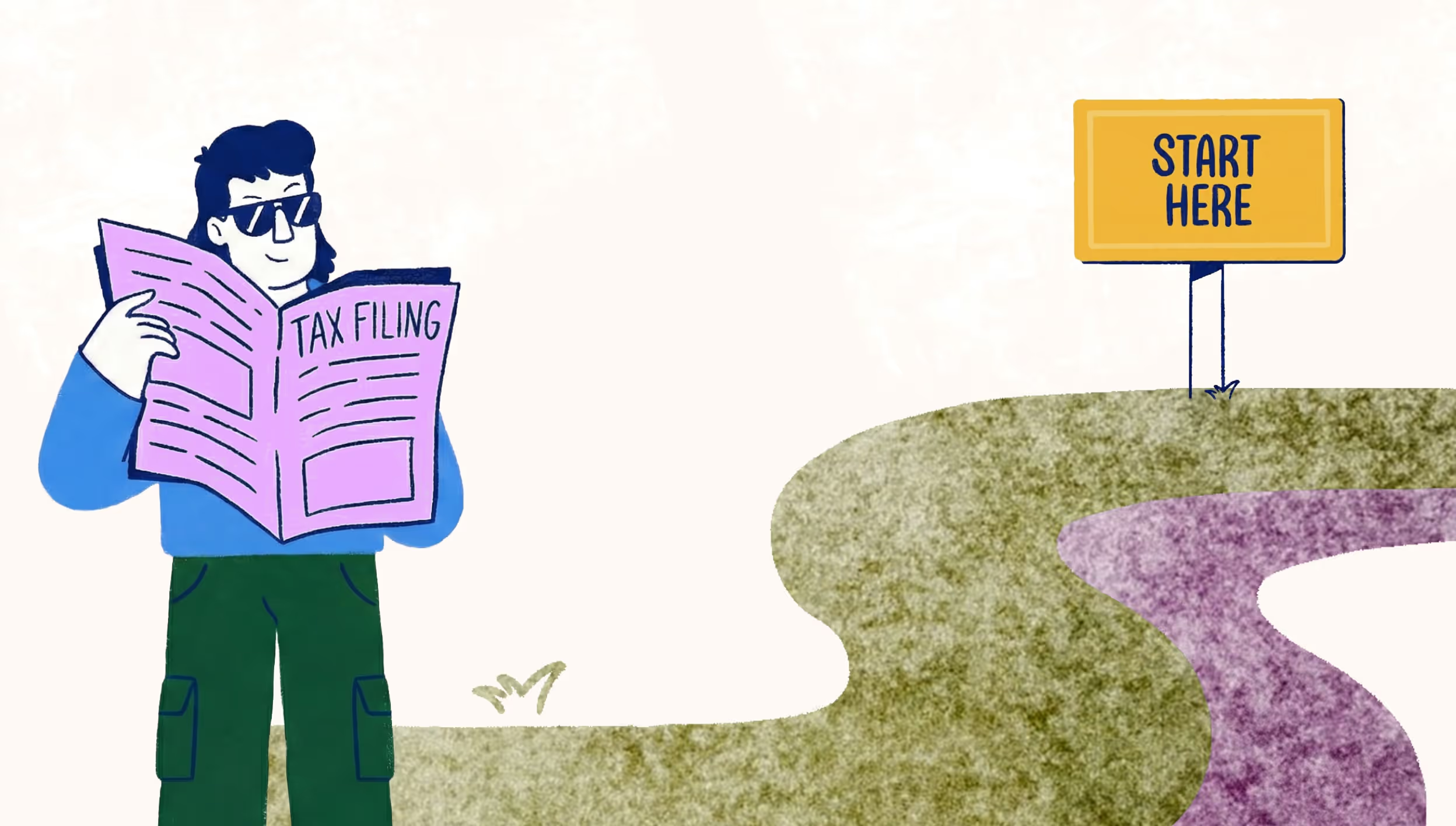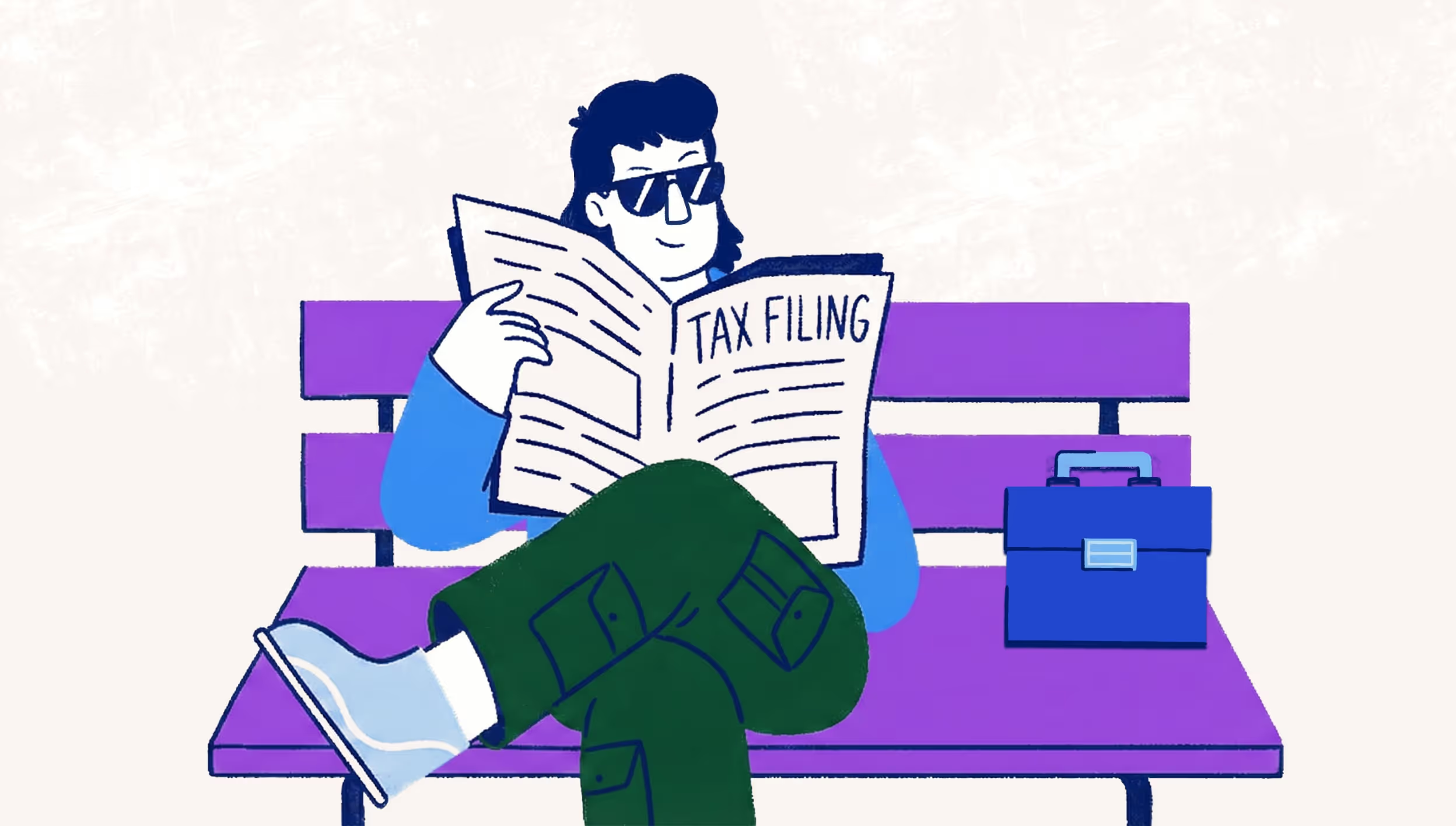
How to file self-employment taxes
What if we told you that filing self-employment taxes was actually a good thing? Not necessarily the type of “omg-this-is-so-fun” kind of good, but more of a I’m-doing-something-that’s-needed-to-keep-my-kick-butt-business-in-shape kind of good.Listen, we get it. Self-employment taxes (or any type of taxes for that matter) aren’t really a cause for celebration for any small business. Pardon the pun, but they’re a bit taxing.
That said, they are mandatory, and without doing them on time and correctly, your business could suffer the consequences.
But let’s not be a downer. Instead, let’s focus on how there’s only six easy steps to filing your self-employment taxes in the US:
- Calculate your net earnings: How much did you bring in?
- Tally up your business expenses: How much did you spend?
- Estimate how much you will owe: This is a percentage of your net earnings
- Determine a payment schedule: Quarterly works
- Figure out if you have to file or not: Self employed and made over $400? You do!
- Fill out the tax forms: 1040, Schedule C, and Schedule SE
Sounds simple, doesn’t it? With the help of this article, it can be. 🙌
What are self-employment taxes?
Working for yourself? That means you're self-employed, which also means that you’ll have to pay something called a self-employment tax on your earnings to support Medicare and Social Security programs.
Normally, traditional employers will use a W-2 to document what you’ve earned and then cover half of these taxes, making up 7.65% of what you make. Then you’d pay for the other half.
But spoiler: you’re the employer here, which means you’re paying the full amount (15.35%) and can use Schedule SE (Form 1040 or 1040-RW) to figure out what that final dollar figure will be.
Do you have to pay self-employment taxes?
Did we just hear a “but do I have to?” coming from the other side of the screen?
Actually, it’s good that you asked. Not every business owner needs to pay self-employment taxes. But if you’re one of the types below, then the answer is—you probably do.
- Sole proprietor
- Independent contractor
- Freelancer
- Small business owner
- Gig worker
- You’ve got a side hustle (but still receive a W-2)
Still wondering if self-employment taxes apply to you? Let’s break it down.
Self-employment taxes are applicable for all “earned income.” This term is a fancy way of saying “the money you receive from a product or service that you provide.” That could be your freelance gig as a photographer of weekend weddings or your side hustle of Hank’s Hot-But-Not-Dogs at the weekly vegan market. Whatever the case, if it’s money coming in, you’ve got to pay up.
Filing self-employment taxes: 6 easy steps
We’ve finally made it to the good part: filing. 📋This may seem complicated and tedious, but trust us, it doesn’t have to be.
Think of it like this: By staying organized and on-top of your books throughout the entire year, tax time turns into a light dusting of snow versus an unexpected hail storm that cancels your hard-earned vacation to Paris where you planned to Emily-it-up with Kir Royales and an Instagram feed that might be a bit cringe, but hey, c’est la vie. 🇫🇷
But back to real life, where taxes are, well, mandatory.
Here’s how to file your self-employment taxes in six simple steps (so you can get back to planning that vacation).
Step 1) Calculate your net earnings
How much did you earn in income during the last year? You’ll need to know this in order to figure out how much you owe for self-employment taxes.
If you’re having trouble figuring it out or didn’t keep the cleanest of books, check out your year-end tax forms. This will be a good indication.
Other key forms are the 1099-NEC and the 1099-K.
- If you received more than $600 from one client or a work platform, you should expect to receive a 1099-NEC by January 31.
- A 1099-K is a reflection of payments you got from third-party payment services, like Stripe, PayPal, or Veem.
These statements can be helpful if you want to piece together your income puzzle to see how much you earned throughout the year.
Another tip? Take a hot sec to go through your bank statements to find any income that you might have forgotten, especially those payments that fall under the $600 reporting mark—because even if your client didn’t report it, it doesn't mean it’s not taxable.
Step 2) Tally up your business expenses
Remember when we mentioned that light dusting of snow? You know, the kind that Lorelai from Gilmore Girls can smell in the air just before it touches. Well, that predictability isn’t magic. It’s bookkeeping. (At least when it comes to your taxes.)
One of the most important aspects of tax filing is being organized. Having your financial records in a good spot makes assessing business expenses so much easier come tax time.
So, what are these business expenses?
Sometimes, they can be claimed as tax deductions (which—bonus!—saves you money). Here are some examples: office supplies (yes, home office counts!); continuing education; transportation; marketing and advertising (yep, even those #paid influencers), and the tools you need to do your job.
Step 3) Estimate how much you owe
What’s your number? No, we’re not asking you out. We’re asking you what you owe.
And not to be the bearer of bad news, but heads up: if this is the first year you’re self employed, you might have a higher tax bill due the 15.3% figure we mentioned above.
But hey, don’t shoot the messenger. We’re here to get you prepared.
Now that you’re self-employed, you might run into a few surprises that make tax season a tad more…snowy.
The thing is, with W-2 work, income and FICA taxes are withheld by your employer and remitted to the IRS on an as-they-accrue basis. That means for the self-employed, tax time is a little less automated, and a bit more manual.
When you’re calculating your self-employment taxes, use your net income (your income after deducting business expenses), then take that amount to find out what you owe self-employment taxes on.
So, if Hank’s Hot-But-Not-Dogs brought in $4,000 in the year, but the business expenses were $1,500, your self-employment tax would be owed on $2,500 ($2,500 x 15.3%), not the full $4,000.
P.S. Need a free calculator to help? There’s lots out there, like this one from The Hartford or this one from Jackson Hewitt.
Step 4) Determine a payment schedule
Ready for a surprise? We don’t want to spoil the fun, but taxes aren’t technically due on April 15, but rather, due when the income is earned.
Yep: this is why traditional employers remit their payroll taxes all through the year.
What does this mean for you? Because you don’t have anyone to remit your taxes on an ongoing basis, it means that you have to pay your taxes quarterly. This is referred to as “estimated tax payments” and they’re due by the fifteenth business day in the month that follows the end of quarter. Here’s the schedule:
- Quarter 1 (January to March): Due April 15
- Quarter 2 (April to May): Due June 15
- Quarter 3 (June to August): Due October 15
- Quarter 4 (September to December): Due January 15
Think you’ll be one of the self-employers who owe more than $1,000 to the IRS? Then you’re required to make quarterly payments. You can pay these straight to the IRS through their free payment portal.
Step 5) Figure out if you have to file or not
Now it’s time to figure out if you have to file. Here’s the gist:
- If you’re a taxpayer who only has a W-2 income and your earnings over the past year were less the standard deduction ($13,850 for the year 2023), you don’t have to file a tax return at all
- If you’re self-employed with a net earning of $400 or more, you need to file a tax return
Keep in mind that if your earnings are on the lower side, like mentioned above, you probably won’t be paying for income tax, but you may still have to pay self-employment tax.
Step 6) Fill out the tax forms
Ready for the F word? Yes, we mean filing.
To do this, you’ll have three main forms that you need to complete: Form 1040, Schedule C, and Schedule SE. Lots of acronyms, but don’t let that scare you. You’ve made it this far—you can do the rest in your sleep. (But please don’t.)
- Form 1040: This is the form that taxpayers use to report their taxable income, plus calculate their taxes.
- Schedule C: This one’s for all the sole proprietors out there, or any other individuals who have self-employed income. You’ll want this form so you can report your gross business income and your expenses.
This form comes with your net profit. You’ll find that on line 31 of Schedule C which carries to Schedule 1 of the 1040 and Schedule SE to figure out the taxes you owe.
Schedule C will be attached to form 1040 when you file.
Get started filing your self-employment taxes now
If you’re self-employed, you know that there are things you want to do and things you have to do. And hey, we won’t blame you if filing self-employment taxes falls under the “have to” category.
Business must-dos, like filing taxes, aren’t always fun, but for the most part, they’re necessary. If you don’t, you may face fines and penalties.
So let’s work on keeping things organized, on time, and done right—starting with your self-employment taxes.
And starting there means starting here, with Wave. 👋
First, keep your books in tip-top shape so tax time isn’t unexpected and unwelcome, but just another thing you’ve gotta do (and are prepared for) to keep you BFFs with IRS.
Next, work with the numbers. Figure out net earning and deductions, then estimate how much you owe. Again, if you’re organized, this part isn’t too tough, but if that wasn’t the case, remember to prowl through your bank statements and keep an eye out for forms 1099-NEC and 1099-K. These will help you along the way.
And last but not least, lean on Wave.
Our Wave Advisors are here to help keep your books in great shape so you’re ready to kick tax season’s butt, no matter how organized (or not) you are. We don’t judge.
Because your self-employment taxes are nobody’s business.
Except, well, yours.
So, ready for that F word?
Let’s get filing!
(and create unique links with checkouts)
*While subscribed to Wave’s Pro Plan, get 2.9% + $0 (Visa, Mastercard, Discover) and 3.4% + $0 (Amex) per transaction for the first 10 transactions of each month of your subscription, then 2.9% + $0.60 (Visa, Mastercard, Discover) and 3.4% + $0.60 (Amex) per transaction. Discover processing is only available to US customers. See full terms and conditions for the US and Canada. See Wave’s Terms of Service for more information.
The information and tips shared on this blog are meant to be used as learning and personal development tools as you launch, run and grow your business. While a good place to start, these articles should not take the place of personalized advice from professionals. As our lawyers would say: “All content on Wave’s blog is intended for informational purposes only. It should not be considered legal or financial advice.” Additionally, Wave is the legal copyright holder of all materials on the blog, and others cannot re-use or publish it without our written consent.


























